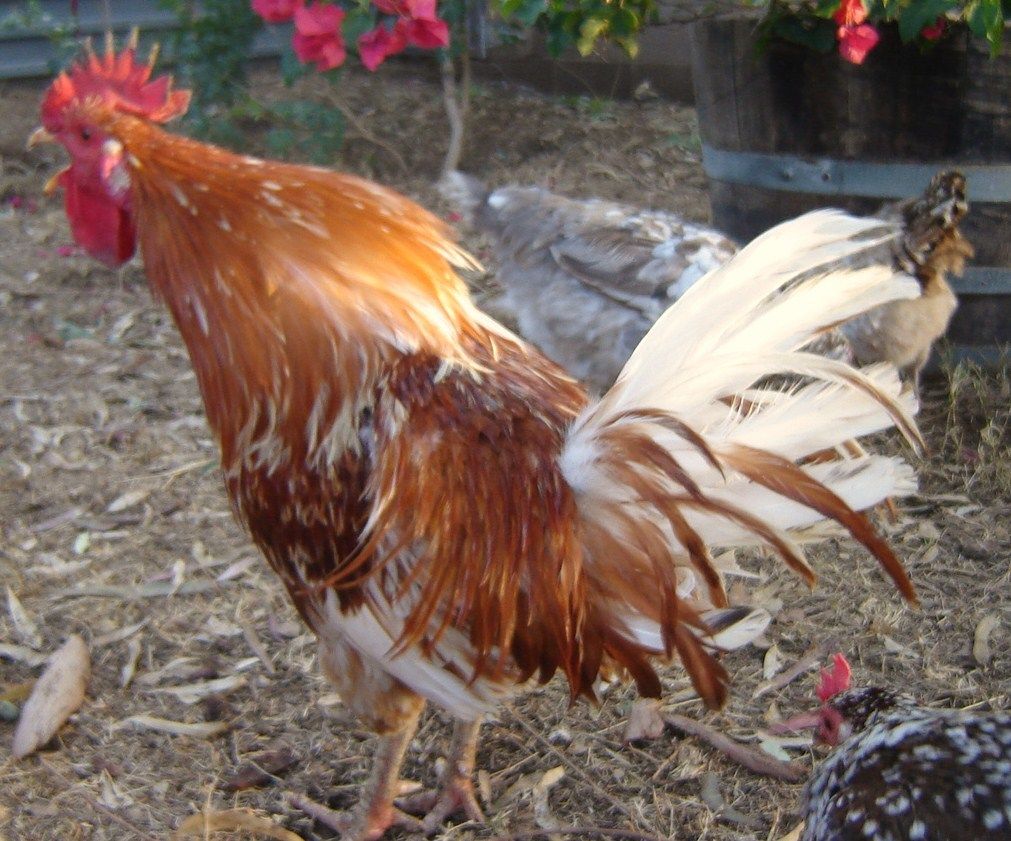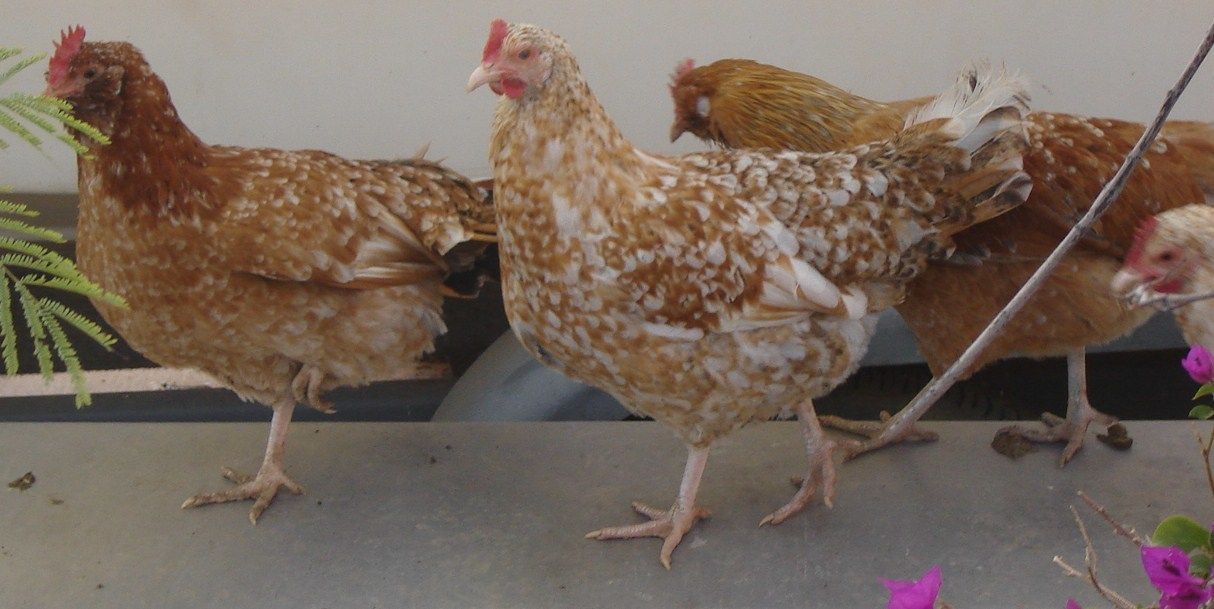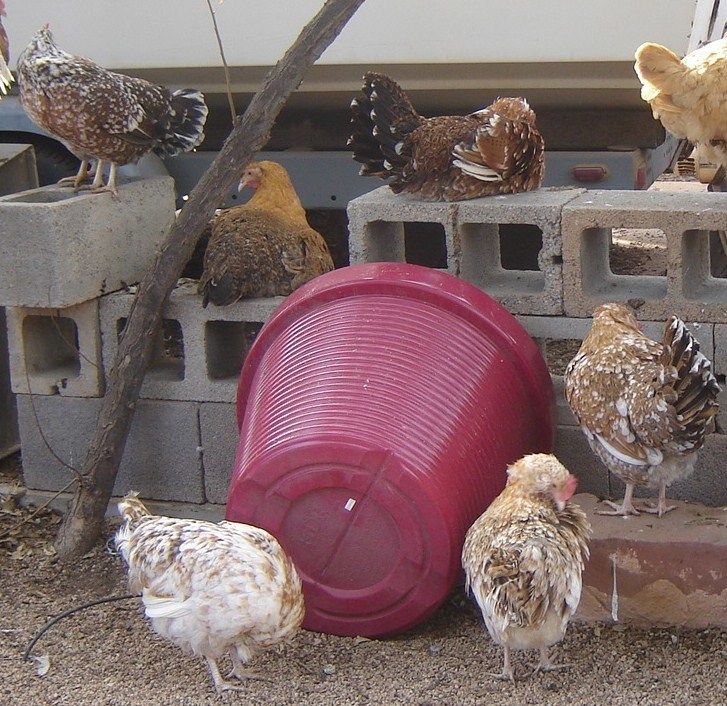- Thread starter
- #21
I honestly don't know what all the "mystery" is about with Pumpkin Hulseys, looks like dun to me.
Dun doesn't breed true, just as their variance shows, and dun does indeed have a homozygous relative color, Khaki, just as blue is with Splash. So of course, you're going to see orange and black, orange and, umm, dun, and then there's the orangey yellow and white. Which is khaki. The rest of the variety is simply things like (at least, in my opinion) the darkbrown gene or columbian gene present or not. I've even seen articles where people claim that their hulseys are true, and others aren't, because theirs don't vary in color. Well, theirs didn't because they didn't have the dun gene - So naturally, all their birds were orange and black.
Just my opinion. I see the dun gene in a lot of games. Brazilians, Spanish, even the occasional Asil and Thai.
It would be awesome if this was dun. But isn't Dun a simple dominant - and one of the parents have to show it? This popped up out of two parents that both had black in their feathering somewhere. I can't figure that one out. All the info on the Pumpkin Hulsey lines, no one can really "nail" the color down.
However, I did see this photo online, and it DOES appear that hens can show the color! So maybe I simply haven't seen it in a hen yet. But the hens in this photo (behind the rooster) look faded, the only vibrant Pumpkin color on the hens is in their tails:
http://www.ebay.com/itm/18-Pure-Pum...ultDomain_0&hash=item416324fa37#ht_500wt_1069
I *wish* the photo of the hens was bigger! I don't see any true black on the hen's tails on this Ebay photo - do you guys?
And if this is Buff, can buff come up out of two NON-buff chickens? Here is a photo of one of my "orange mottled" roosters again:

Above and Below: "Orange-Mottled" rooster - note lack of black pigment anywhere.

His Dad: (For sure his dad, the only rooster in the pen when he was hatched)


Mom could be any of these hens:



There were a LOT of hens in the pen last year! But all hens had a touch of black somewhere on them. If it is Dun, and the color came from the dad, wouldn't half the chicks have turned out Dun? Why only two orange roosters out of tons of chicks hatched? That's why I was wondering if maybe it was a recessive?

